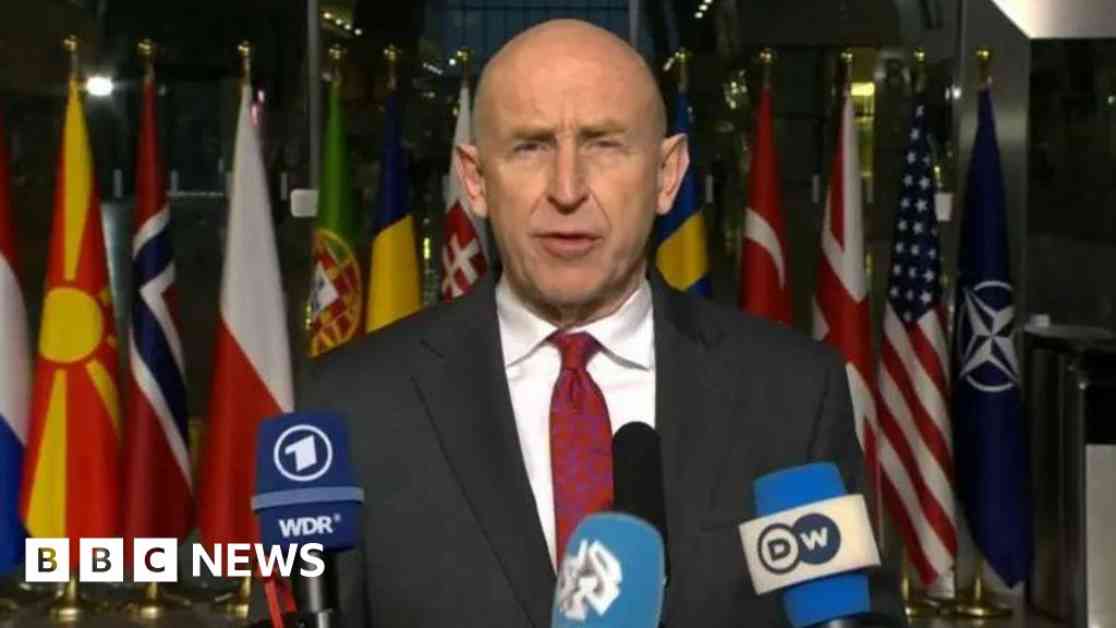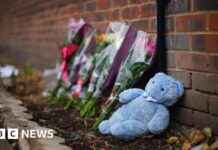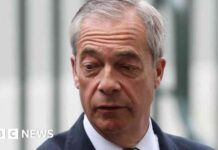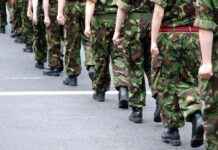The tension surrounding Ukraine’s place in peace talks escalated following a phone call between US President Donald Trump and Russian President Vladimir Putin. The UK’s defense secretary, John Healey, emphasized that Ukraine’s inclusion in negotiations is crucial, stating, “There can be no negotiation about Ukraine without Ukraine.” He stressed the importance of Ukraine’s voice at the forefront of any discussions, highlighting the need for durable peace and prevention of conflict and aggression. Amidst these calls for unity, Nato ministers gathered in Brussels to address the evolving situation.
Challenges to Nato Unity
Despite efforts to present a united front, Nato faces challenges in maintaining cohesion regarding Ukraine, particularly in light of Trump’s independent initiatives. Trump’s announcement of negotiation talks with Putin without clearly defining Ukraine’s role has put Nato’s stance in question. While some leaders like Mark Rutte advocate for increased military support for Ukraine and emphasize the country’s involvement in peace talks, the US’s dominant role in decision-making is shifting dynamics within the alliance.
US Defense Secretary Pete Hegseth echoed the need for European nations to supply the majority of funding for Ukraine while emphasizing that peace negotiations do not betray the efforts of Ukrainian soldiers. The US’s commitment to expediting military aid and sales to allies underscores the urgency of supporting Ukraine in its fight for peace. Healey reinforced this sentiment by announcing a substantial military aid package from the UK, aimed at bolstering Ukraine’s defense capabilities.
Implications of US-Russia Negotiations
The implications of Trump’s negotiations with Putin extend beyond military support, potentially affecting Ukraine’s territorial integrity and longstanding aspirations to join Nato. The uncertainty surrounding Ukraine’s future borders and Nato membership underscores the complexity of the situation. While some, like Reform UK leader Nigel Farage, advocate for Ukraine’s inclusion in Nato, others question the feasibility of such a move given the current geopolitical landscape.
As Nato members grapple with Washington’s evolving stance on Ukraine, concerns about defense spending and unity come to the forefront. Trump’s call for allies to meet a 5% GDP target for defense spending poses a significant challenge, especially considering the longstanding struggle to achieve the existing 2% target. With divisions emerging within Nato and efforts to isolate Putin waning, the alliance faces a critical juncture in navigating the complexities of the conflict in Ukraine.
In conclusion, the evolving dynamics of peace talks involving Ukraine reflect the broader challenges facing Nato in maintaining unity and solidarity. As world leaders navigate shifting alliances and conflicting priorities, the need for a coordinated approach to supporting Ukraine and addressing geopolitical tensions becomes increasingly paramount. The path to lasting peace in Ukraine remains uncertain, underscoring the complexity of international relations and the delicate balance of power on the global stage.













